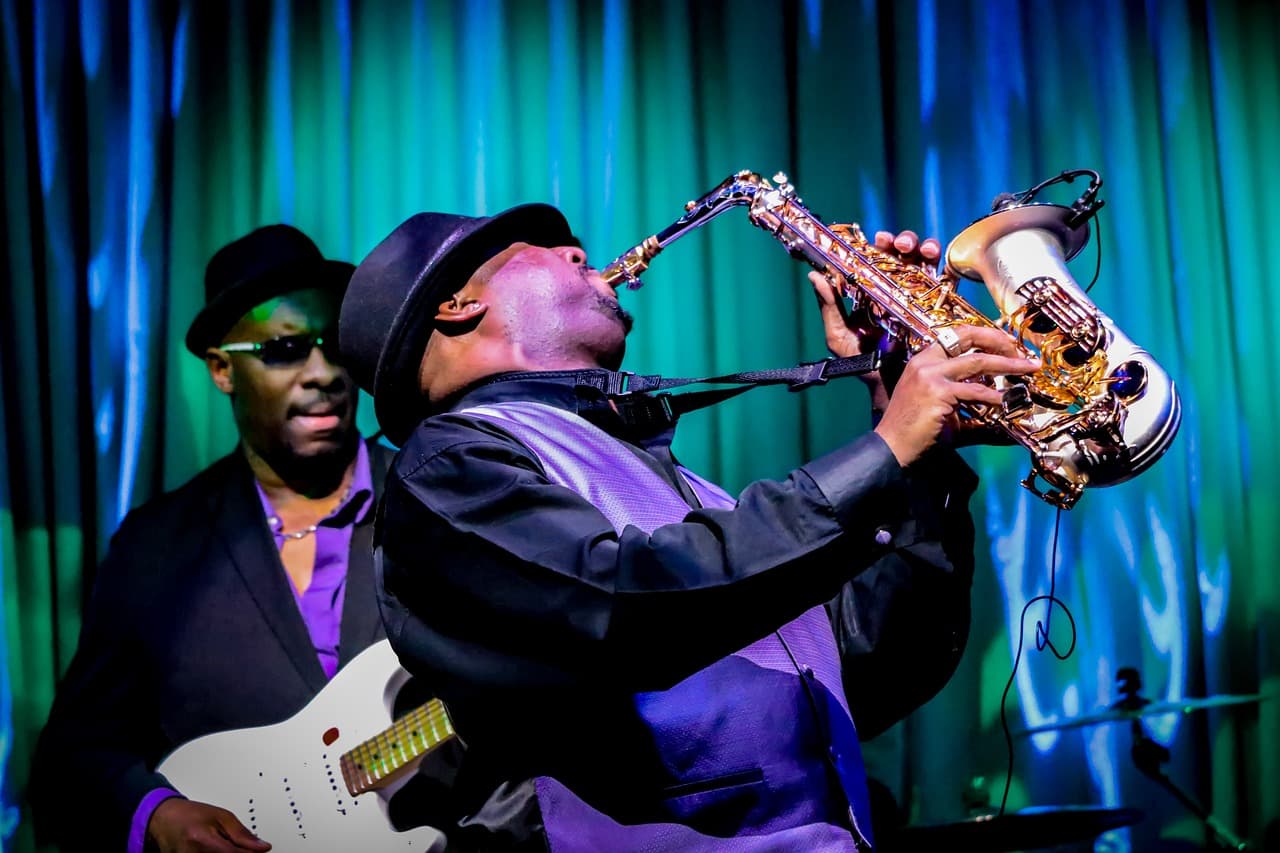Jazz has had a significant and complex effect on current music. Jazz, which originated in the African American neighborhoods of New Orleans in the late nineteenth and early twentieth century, provided a basis for the diverse genres of music we listen to today. This introductory tutorial will look at how jazz has influenced current music, from improvisation methods to harmonic intricacy and rhythmic innovation.
Jazz Fundamentals
Jazz is a complex tapestry of musical traditions that includes blues, ragtime, and spirituals. It includes elements including improvisation, syncopated rhythms, and intricate harmonies. These foundations not only shaped the genre, but they also left an everlasting influence on a variety of other musical forms.
Improvisation: The Heart of Jazz and Beyond
One of the most distinguishing features of jazz is improvisation. It is the skill of spontaneously producing and playing music without the need of written scores. This feature is not limited to jazz; improvisational approaches may also be present in rock solos, freestyle rap, and electronic music. Artists such as Jimi Hendrix and The Grateful Dead leaned significantly on jazz’s improvisational energy.
Rhythmic Innovations: Swing to Groove
Jazz’s unique approach to rhythm, particularly the use of swing timing, has greatly influenced the way modern musicians approach rhythm. The swing rhythm creates a sense of fluidity and forward momentum. This concept was adapted into the grooves and rhythms of R&B, hip-hop, and even electronic dance music. The notion of ‘groove’ that is central to many modern music genres can trace its roots back to the swing rhythms of jazz.
Harmonic Complexity: A Palette of Colors
The harmonic complexities found in jazz, including extended and altered chords, provided a new vocabulary for musicians across genres. This has been particularly noticeable in the realm of classical compositions, but it has also permeated popular music forms. Artists like Steely Dan and Radiohead have incorporated jazz harmony into their work, enriching the harmonic landscape of rock and pop music.
Jazz’s harmonic complexity not only provides musicians with a broader set of tools for improvisation but also significantly influences the process of songwriting and arrangement in other genres. The use of unconventional chord progressions, substitutions, and modulations typical in jazz can add emotional depth and tonal variety to compositions in genres that might traditionally rely on simpler harmonic structures. For example, the influence of jazz harmony is apparent in the sophisticated songwriting of artists like Joni Mitchell and Billy Joel, who often employ intricate chord sequences that are atypical in folk or pop music. These techniques can elevate a song from a straightforward narrative into a nuanced emotional journey, enriching the listener’s experience and expanding the artistic possibilities within the genre.

Fusion: Crossing Boundaries
Jazz has not stayed within its traditional boundaries. Its fusion with other genres has led to the birth of new musical styles. Latin Jazz, Jazz-Funk, and Jazz-Rock are just a few examples. The electronic music genre, for example, has sub-genres like nu-jazz and acid jazz, which blend electronic beats with jazz elements.
Social and Cultural Implications
It’s essential to acknowledge the social and cultural implications of jazz, which was born out of a history of oppression and resistance. Its influence on modern music isn’t just musical but is also ideological, affecting how musicians think about race, class, and artistic freedom. Artists from marginalized communities have used the improvisational and expressive aspects of jazz to shape their own narratives and defy stereotypical representations.
Marker Points: Core Areas of Jazz’s Influence on Modern Music
- Improvisation: Spontaneous composition has influenced solos in rock, rap, and electronic music.
- Rhythmic Innovations: The swing and groove of jazz can be felt in R&B, hip-hop, and dance genres.
- Harmonic Complexity: Jazz chords have expanded the harmonic vocabulary in classical compositions and popular music.
- Fusion: Jazz elements are often incorporated into various other genres, leading to new styles like Latin Jazz and Jazz-Rock.
- Social and Cultural Implications: Jazz has shaped modern music’s approach to race, class, and artistic freedom.
Conclusion
Understanding the profound impact of jazz on modern music enriches our appreciation of both. The genre has not only contributed specific musical techniques and ideas but has also offered a philosophical and ideological framework for the exploration and expression of musical artistry. Its influence can be seen in multiple aspects of modern music, from the complex harmonies in a pop song to the improvisational solos in a rock concert. Jazz is a foundational element that continues to shape the evolution of music, making it as relevant today as it was in its inception.
